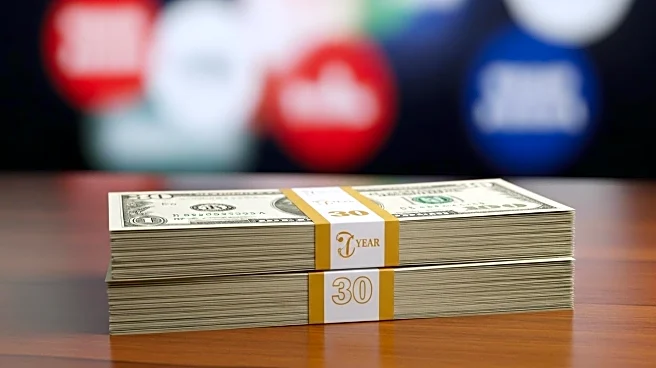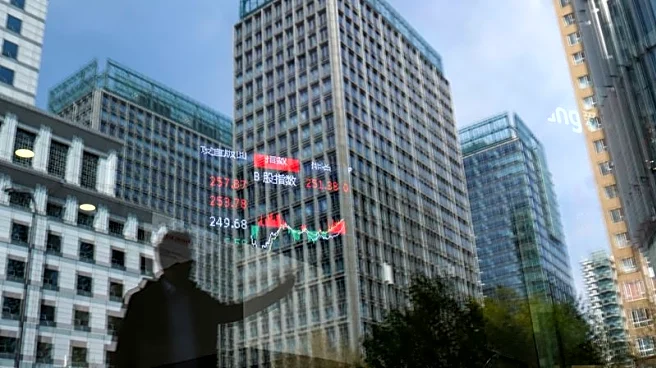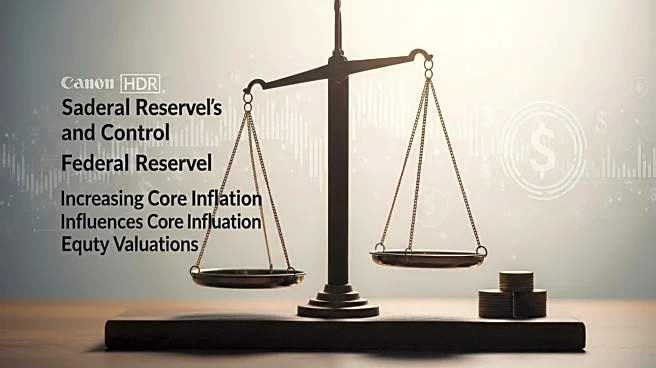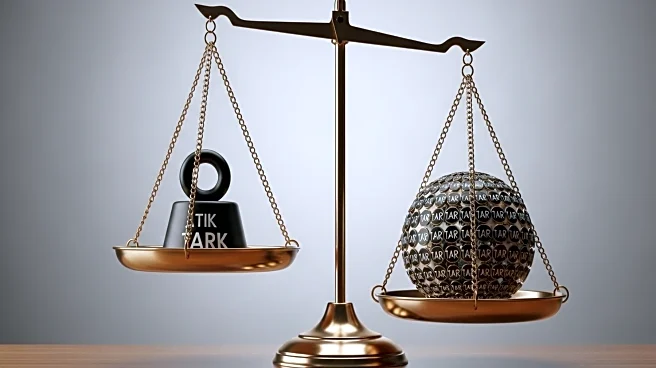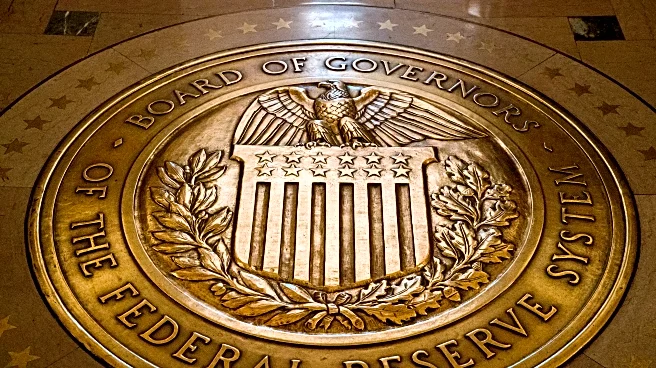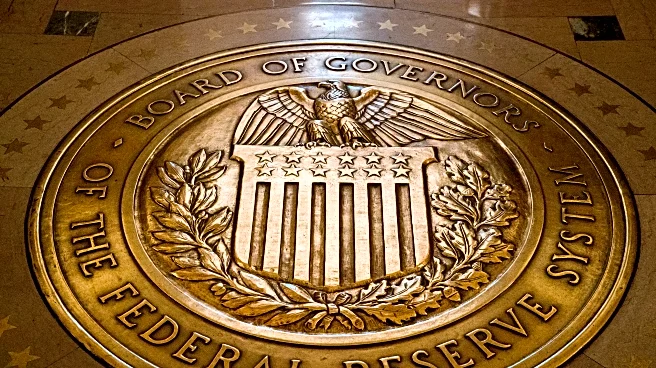What's Happening?
The 30-Year Treasury Bond is gaining attention as a strategic hedge amid tariff volatility and fiscal uncertainty in 2025. The yield on these bonds has risen to 4.92%, driven by Trump-era tariffs and fiscal expansion measures, including a tax-and-spending bill projected to add $3.3 trillion to the national debt over a decade. This has led to a steepening yield curve, with long-term rates outpacing short-term ones. Investors are demanding higher term premiums due to inflationary expectations and economic uncertainty. Seasonal bond market dynamics and anticipated Federal Reserve rate cuts further influence the positioning of 30-Year Treasurys.
Why It's Important?
The rise in 30-Year Treasury yields reflects broader economic challenges, including trade policy volatility and fiscal deficits. As investors seek to navigate these uncertainties, long-duration Treasurys offer a combination of income generation and capital preservation. The steepening yield curve suggests that these bonds are being priced to absorb prolonged macroeconomic stress, making them a compelling option for risk-rebalance. The demand for U.S. Treasurys remains strong, particularly from European investors seeking diversification amid trade uncertainties.
What's Next?
The Federal Reserve is expected to cut rates by the end of 2025, which could further influence the yield curve and the performance of 30-Year Treasurys. Investors will continue to monitor trade policy developments and fiscal measures, as these factors will impact inflation expectations and economic growth. The strategic positioning of long-duration Treasurys may evolve as market conditions change, offering opportunities for tactical entry and risk management.


